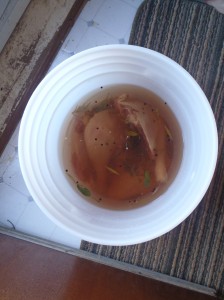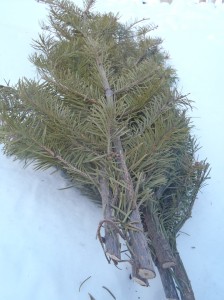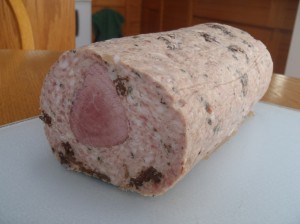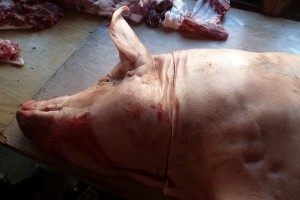This is one of my favourite rabbit recipes, and I think a great way to kick off Easter dinner. This is essentially a rabbit confit, made into a rillette. First I break up my rabbit. Then I take all the meaty bits and marinate them for twenty four hours in the following, adapted from Ruhlman’s Charcuterie. Rub every kilo of rabbit with:
- 20 g kosher salt
- 1 star anise
- 1 garlic clove
- 1 green onion, minced
- 5 g crushed fresh ginger
- zest of 1/2 orange
- 2 crushed black peppercorns
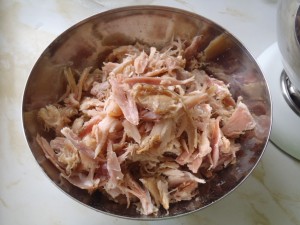
After a day the meat is rinsed and patted dry, then covered with lard and gently cooked in a 180°F oven overnight. The cooked meat is cooled slightly and pulled … Continue reading.
